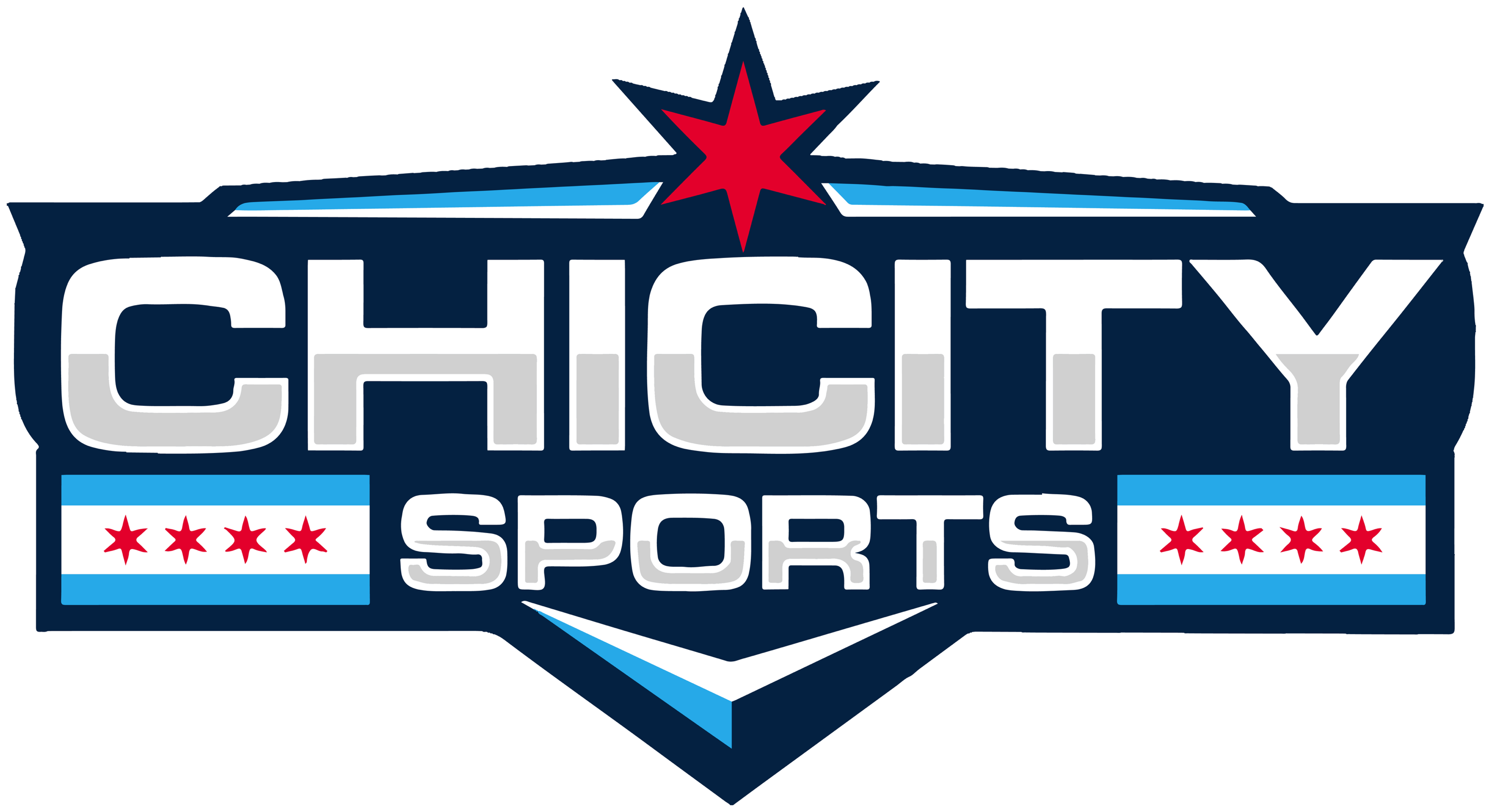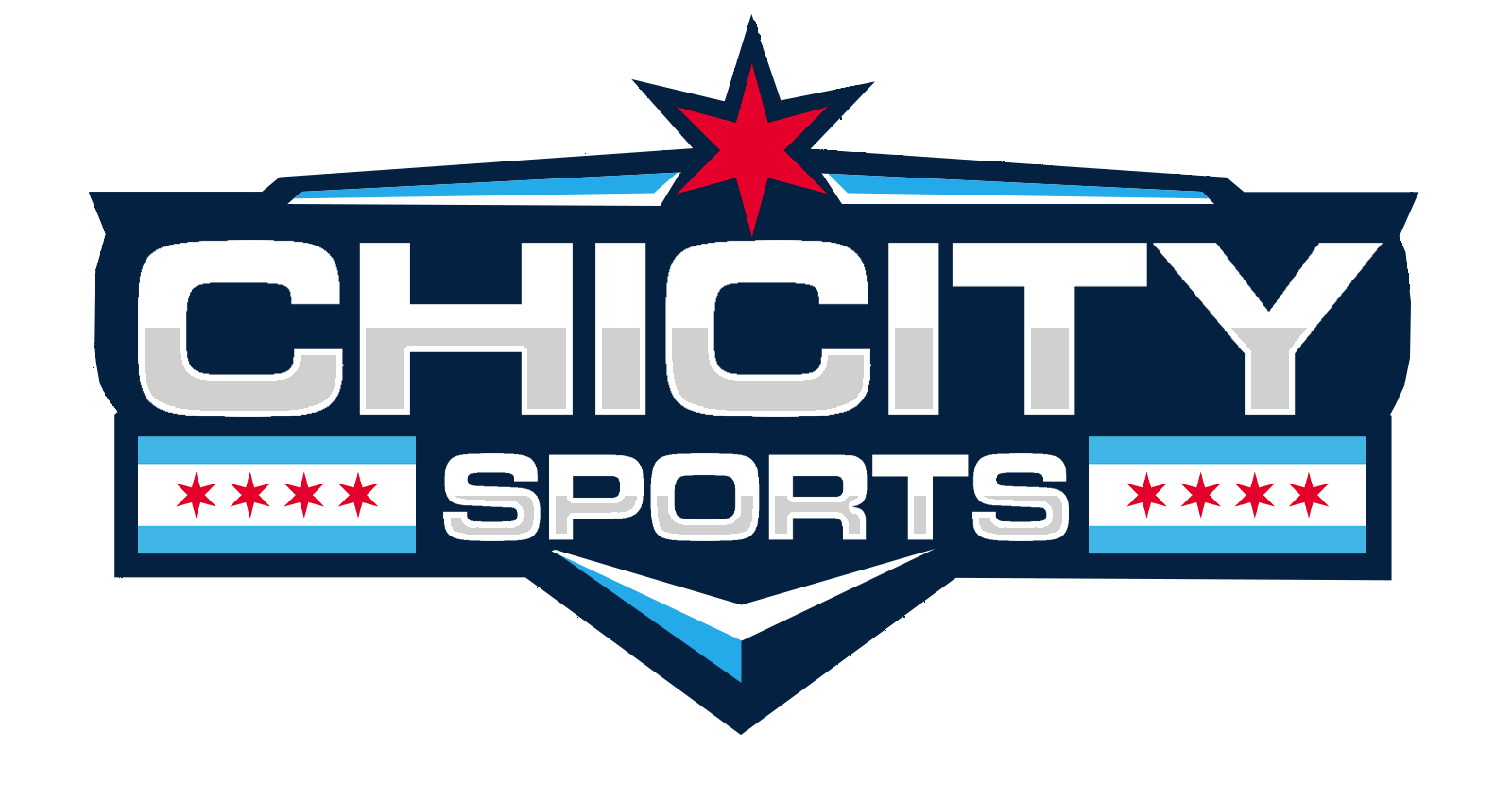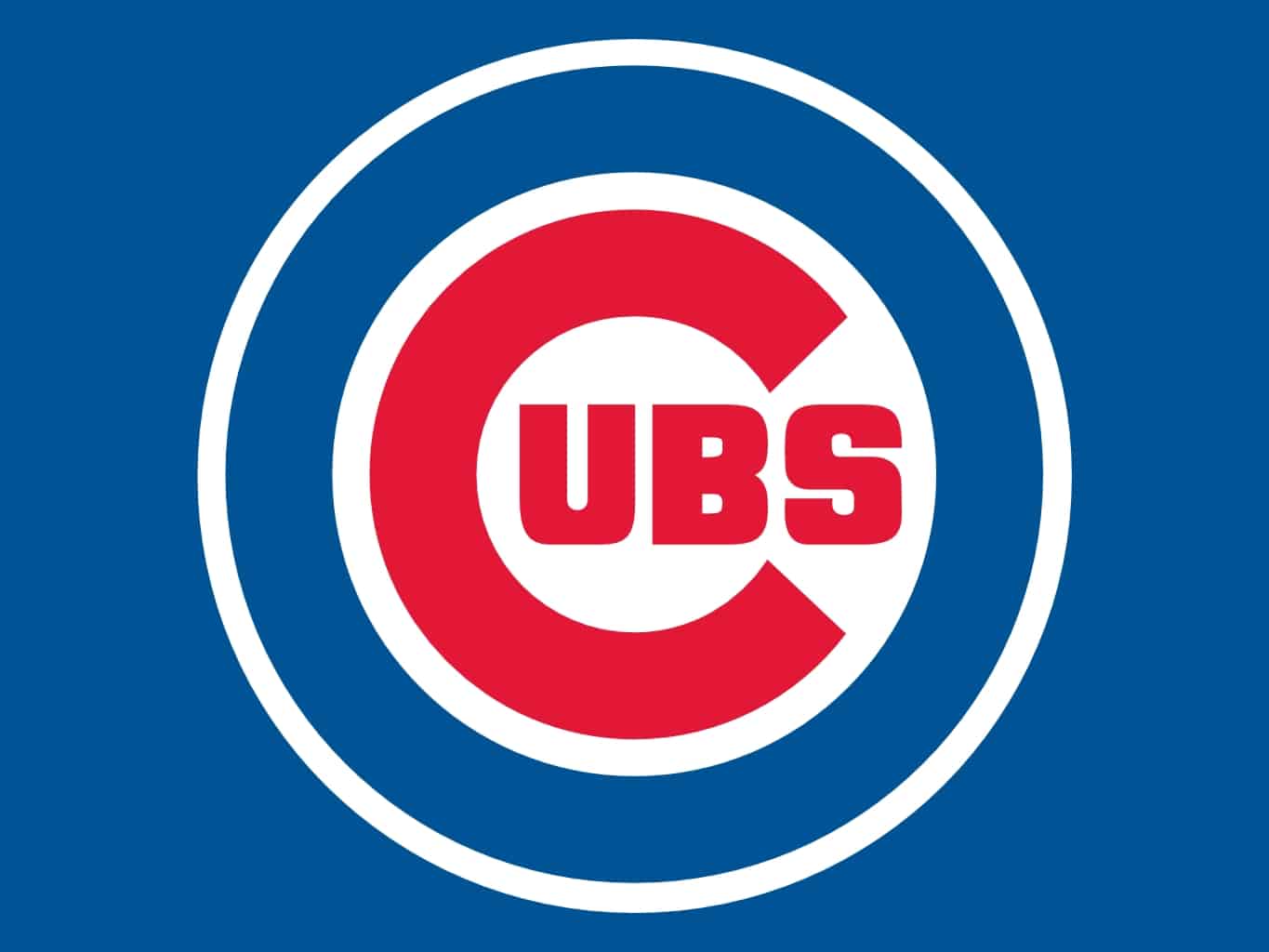Originally written by Rice Cube for WorldSeriesDreaming.com. Research was done by CCS’s Jackson Scofield. Original article can be found here.
Note: Jackson did all the legwork to research the material for this article so he gets to be the lead author.
Every now and then people will say something that’s mostly an opinion and then act like it’s fact. We don’t like it when that happens because we like to deal in actual facts. So when we hear something that sounds a bit fishy or illogical, we take a bit of time to do some figuring to make sure that it really is true.
To set up, we’ve talked before about the importance of prospects and the value of draft position while the Cubs are rebuilding. As of this writing the Cubs are looking to leap past Colorado for the #2 overall pick in next year’s amateur draft. You can read those linked blogs to understand why we put so much value on drafting during this rebuild. Every now and then, though, whether on our page, in the comments, or on our messageboard, we see someone say something to the tune of “the draft is a crapshoot” or “the majority of superstars came from later rounds” or something like that. Now it seems logical that teams would pick the best players early and save the crappy players for later, and that the better players have a better chance of making it to the majors and becoming impact players. When you were a kid and picking teams at the playground you had a pretty good idea who the better players were and you’d pick those first, with the worst kid being picked last. Sucks for that kid, but even when you’re playing for fun, you play to win, and you have a better chance to do so if the kids you picked for your team don’t suck. Does this also apply for Major League Baseball?
To answer this we could do one of several things. We could ask the internet what they think. In this case, we can get some articles like this one from Bleacher Report (blech) that tells us the following:
…only 66 percent of first-round picks play in the major leagues.
For those players drafted in the second round of the draft, the chances of reaching the major leagues drops to 49 percent.
Rounds 3-5 are a major turning point where the odds begin to drastically decrease, as only 32 percent of players drafted reach the majors.
And the likelihood of playing in the major leagues continues to worsen, as only 20 percent of players drafted in Rounds 6-10 reach The Show.
The odds nearly slice in half from Rounds 6-10, as only 11 percent of players drafted in Rounds 11-20 reach the big leagues.
…the chances of a player drafted after the 21st round reaching the major leagues is a slim seven percent.
Even though I don’t trust Bleacher Report articles any further than I can throw an elephant, the words seem to make sense even if they didn’t exactly cite a source or explain their methodology. Of course, we can then go to another not-so-trusted source, Wikipedia, where we look at all the guys who have ever been selected first overall. The Cubs will be hard-pressed to catch the Astros for the first pick. You can see throughout the list that there have been some big time misses (Shawon Dunston!) but recently, there have been more hits than misses. You can argue that guys like Josh Hamilton, Adrian Gonzalez, Joe Mauer, David Price, Stephen Strasburg, Justin Upton and Bryce Harper are pretty good at baseball. Going back a bit, guys like Pat Burrell, Alex Rodriguez, Ken Griffey Jr. and Chipper Jones were pretty good too. So there is some advantage to having the first overall pick. But picking early in the first round has its advantages too. Derek Jeter was a first-round pick (6th overall). Cy Young winner Clayton Kershaw too (7th overall). So having a top five pick like the Cubs will likely end up with this season is a good thing as long as they use it wisely.
So what did we bring to the table? Well, once upon a time Rice thought he saw a chart that showed how much WAR was expected of picks from each round and at each position of the round. Couldn’t find it on Google so it was probably part of his imagination (but it seemed so real!). So he asked Jackson to do a little curating. Here is the sortable spreadsheet that summarizes the research we did.
This spreadsheet is broken up into three parts: the first is for Hall of Fame inductees, the second for career leaders in WAR (whether you believe it or not, just look at the names and I dare you to tell me they weren’t good at baseball), and the third is for All-Star selections going back to the 2003 season, when the Cubs last made it to the NLCS (sigh). We restricted our search to players that were selected via the amateur draft, established in 1965. So no Babe Ruth, no Negro Leaguers, and no international free agent signings (amateur or otherwise).
It’s nowhere close to scientific because we don’t really care all that much when these guys were drafted in their rounds. Before the newest collective bargaining agreement, going overslot was fine as that’s how the Cubs got guys like Jeff Samardzija, Matthew Szczur and Dillon Maples in later rounds due to signability concerns. That is no longer possible so it’s more likely that the best available talent will be taken early rather than later. Also, baseball’s draft has reduced the number of rounds to 40, so it’s no longer possible to draft a Mike Piazza in round 62 or whatever. A lot of the diamonds in the rough from the later rounds, i.e. an Albert Pujols in the 13th round, has to do with sheer stupid luck and bad scouting. But we decided to just see, at least, when the best players were drafted.
In the Hall of Famer tab, it’s a bit skewed because many HOFers from back then were amateur free agents from North America and abroad. To get to the HOF, you have to have 10 years of MLB service and be retired for 5 years after, so that means guys who were drafted in the very first draft in 1965 couldn’t be inducted until at least 1980, and that’s assuming they skipped the minor leagues altogether (yeah, right). Of the 24 HOFers in our list, though, eight were drafted in the first round, four in the second, five in the third and two in the fourth. The other five included former Cubs Andre Dawson and Ryne Sandberg, who were both drafted after the 10th round. However, 19 of 24 HOFers who entered baseball via draft were picked in the fourth round or earlier, so the notion that the majority of superstars came from later rounds is false with this sample.
How about a larger sample? Let’s look at the WAR list. We used a cutoff of 65 WAR (based on Baseball-Reference career list) which unfortunately cuts off Ryno and Roy Halladay, but does include a bunch of active players that you might know. Of the 36 drafted players on this list, 14 were selected in the first round, and 10 in the second. You see guys like Nolan Ryan, Jim Thome, Wade Boggs and Pujols in the seventh round and later, but these guys are more the exception than the rule. So again, in a slightly larger sample size, the notion that the majority of superstars came from later rounds is false.
Let’s use an even bigger sample now with All-Star selections. We have 268 players who played in at least one of the past 10 All-Star Games. 102 from the first round, 32 from the second, 15 from the third, 12 from the fourth, and then it’s a trickle down from there. Over half the All-Stars from this sample are from the first four rounds, and the late-rounders like Pujols, Thome and Piazza are the minority. Are all the first-rounders pure crap? Well, no…you see A-Rod and Jeter, former MVP (whether you like it or not) Ryan Braun, Chipper Jones, Prince Fielder and Justin Verlander, etc. etc. Rookie of the Year winners like Buster Posey and Kerry Wood. I doubt this is a fluke.
I’m not going to run advanced statistical tests and do any further dissection, but even with a simple study like this, I hope we’ve shown that picking early and getting the best talent available is to every team’s advantage. Here’s hoping the Cubs take true advantage of their opportunity while they’re being so terrible.
For More Great Chicago Sports Content
Get the latest Chicago sports news, analysis, and breaking stories on the Bears, Bulls, Blackhawks, Cubs, White Sox, Sky, and more! Tap the star to add us to your favorites on Google News, so you never miss a story on your favorite Chicago teams.
Follow us on Twitter at @chicitysports23 for more great content. We appreciate you taking time to read our articles. To interact more with our community and keep up to date on the latest in Chicago sports news, JOIN OUR FREE FACEBOOK GROUP by CLICKING HERE



